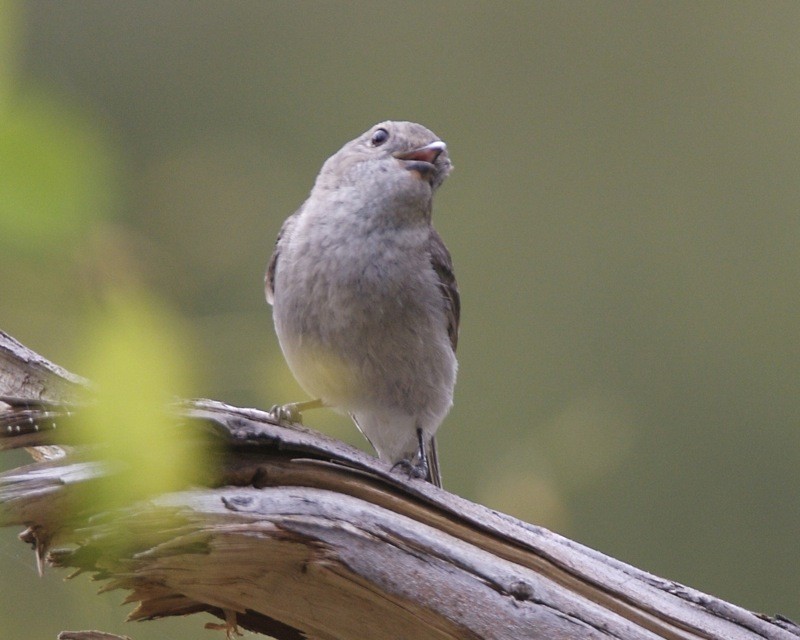Australian Golden Whistler
A species of Typical whistlers Scientific name : Pachycephala pectoralis Genus : Typical whistlers
Australian Golden Whistler, A species of Typical whistlers
Botanical name: Pachycephala pectoralis
Genus: Typical whistlers
Content
Description People often ask General Info
 Photo By Lip Kee , used under CC-BY-SA-2.0 /Cropped and compressed from original
Photo By Lip Kee , used under CC-BY-SA-2.0 /Cropped and compressed from original Description
The male has a bright yellow underside and nape, olive-green back and wings, a black head and chest-band, and a white throat. A notable exception is the Norfolk golden whistler (P. p. xanthoprocta) where the plumage of the male is female-like. In Australia females are overall dull brownish-grey, though some have yellowish undertail coverts. Both sexes have a black bill, dark legs and red-brown eyes. Australian golden whistlers have a strong, musical voice. 
Size
19 cm
Nest Placement
Shrub
Feeding Habits
Australian Golden Whistler mainly consumes invertebrates such as insects and spiders, and occasionally fruit. Australian Golden Whistler forages arboreally, varying techniques and elevations by sex and habitat, utilizing gleaning and sally-striking methods. Unique sexual foraging variation exists, with males and females preferring different heights and techniques.
Habitat
Australian Golden Whistler typically inhabits various wooded environments, ranging from lush, dense forests to dry shrublands and woodlands. These habitats often feature a rich understorey and can include rainforests, both wet and dry eucalypt forests, riparian zones, and even modified landscapes such as gardens and parks. Geographically, australian Golden Whistler is adaptable to a range of altitudes but is generally found in lowland areas to mountainous regions, with specific altitude preferences varying by region.
Dite type
Insectivorous
People often ask
General Info
Feeding Habits
Bird food type
Behavior
This species breeds between September and January. Male and female both work on the nest, which is a shallow bowl made of twigs, grass, and bark, and bound together with spider web. Only one brood is raised per season and both birds share incubation and care of young. Eggs hatch 15 days after they are laid and the young leave the nest after 12 days. 
Distribution Area
The Australian golden whistler can be found in almost any wooded habitat, especially dense forests. It eats berries, insects, spiders, and other small arthropods. They usually feed alone and obtain food from the lower to middle tree level, or they may alternatively take part in mixed-species feeding flocks. 
Species Status
Not globally threatened.
Scientific Classification
Phylum
Chordates Class
Birds Order
Perching birds Family
Whistlers and allies Genus
Typical whistlers Species
Australian Golden Whistler